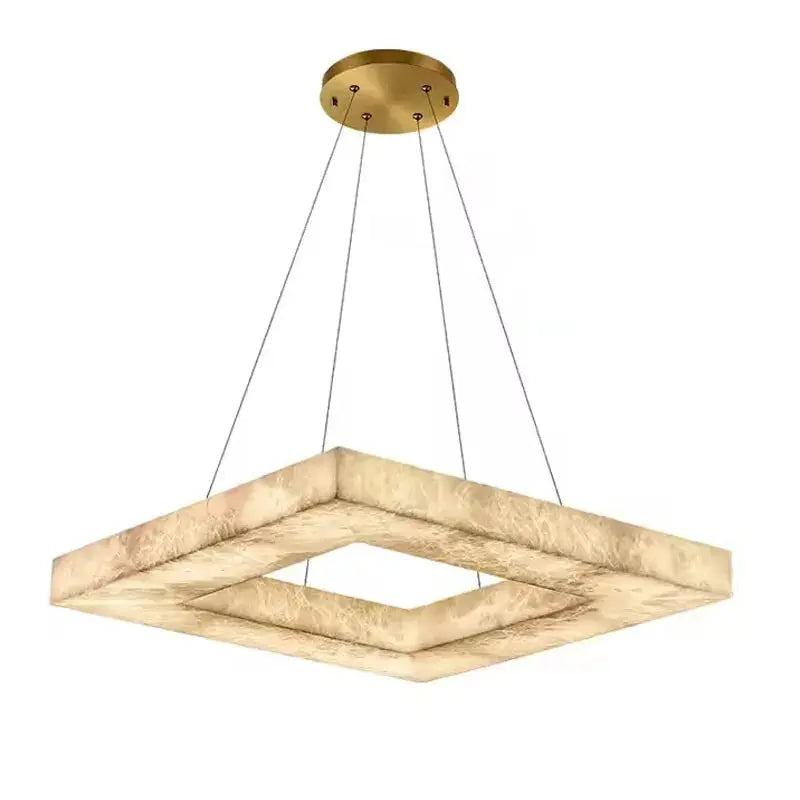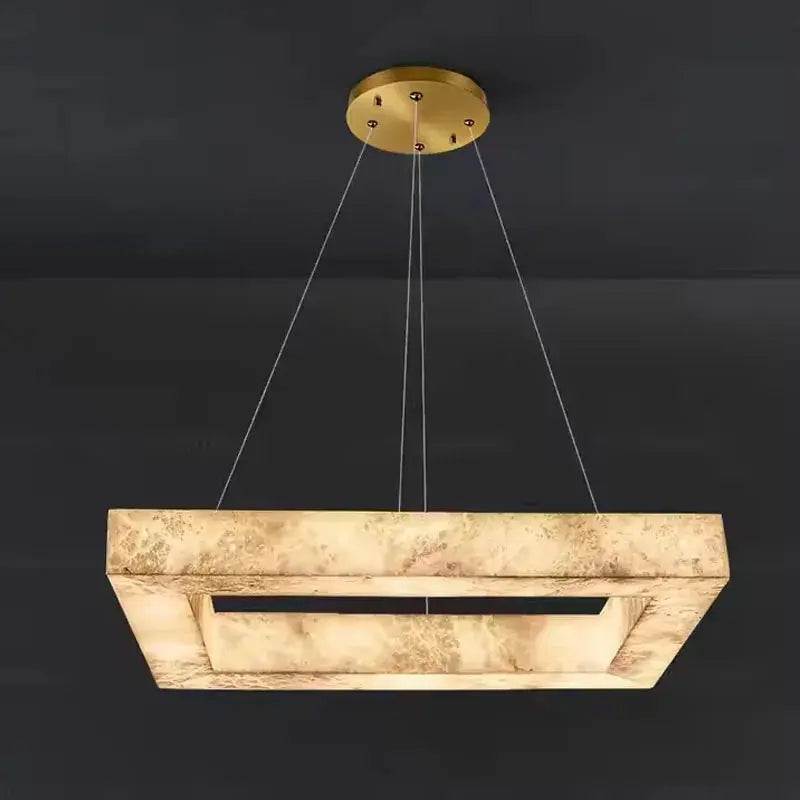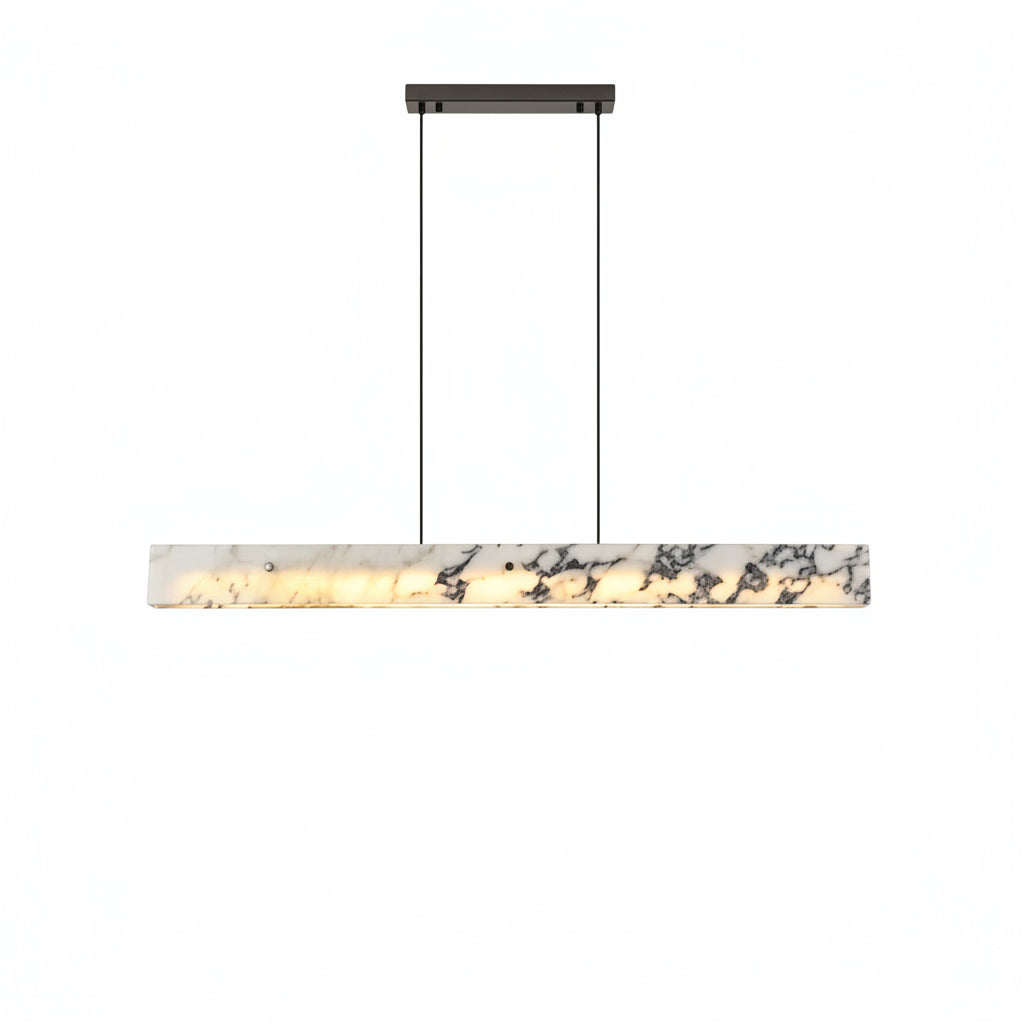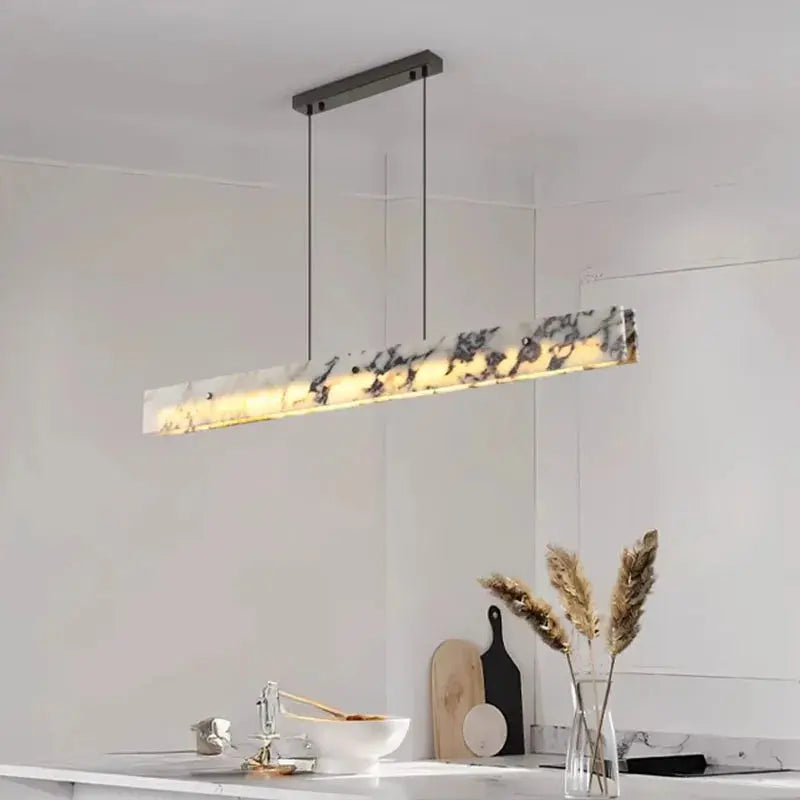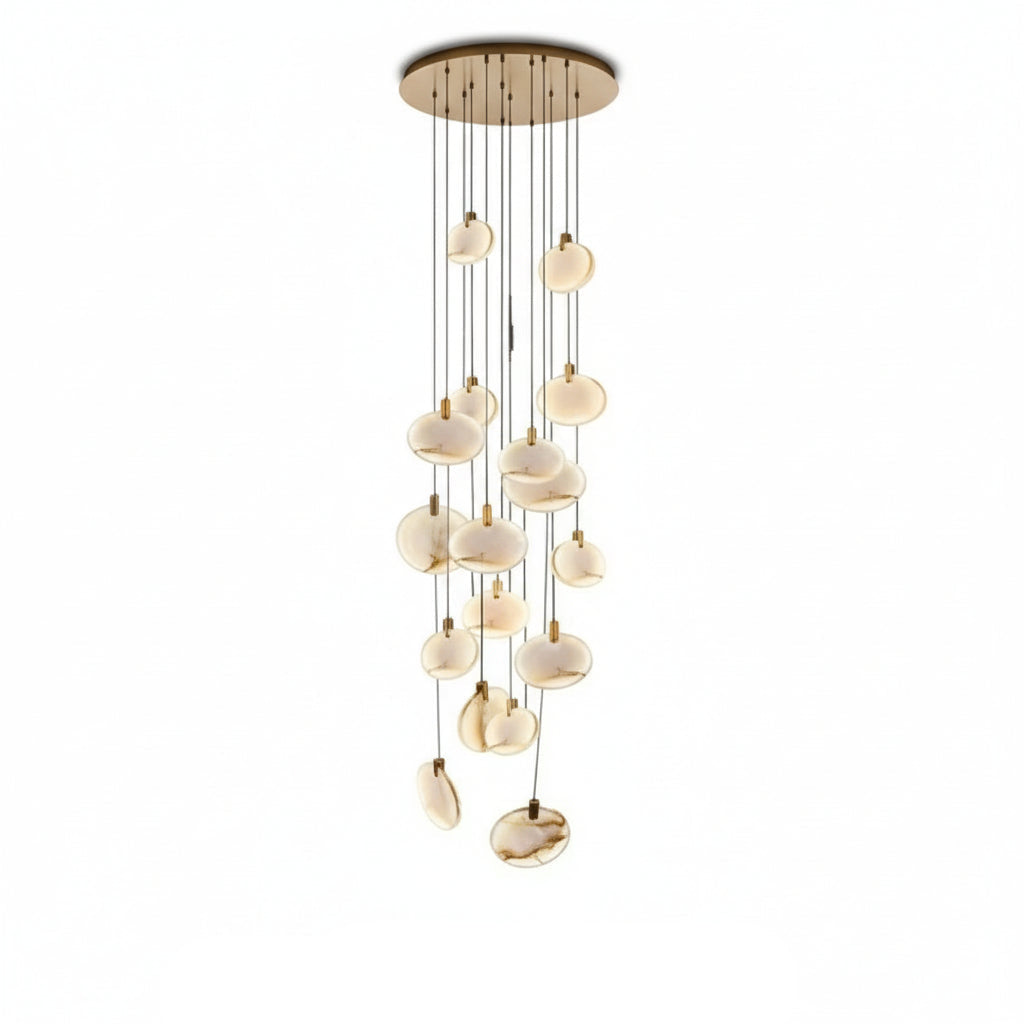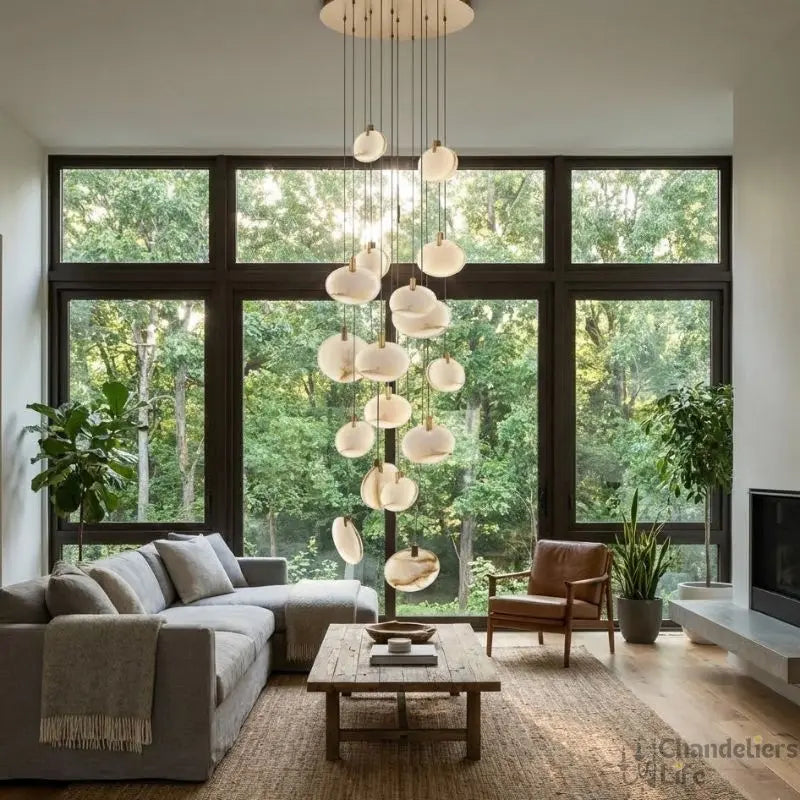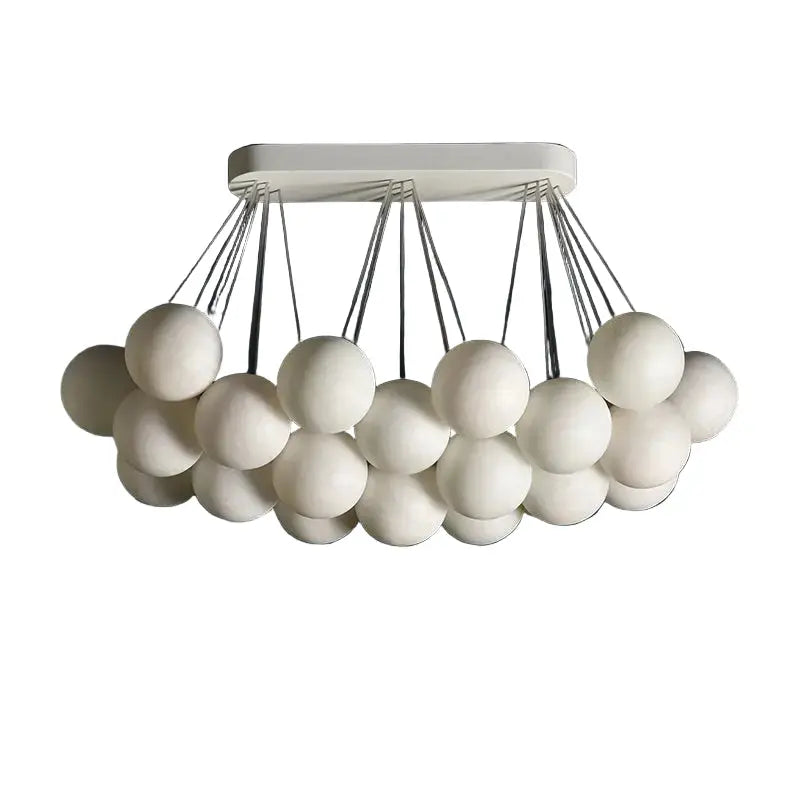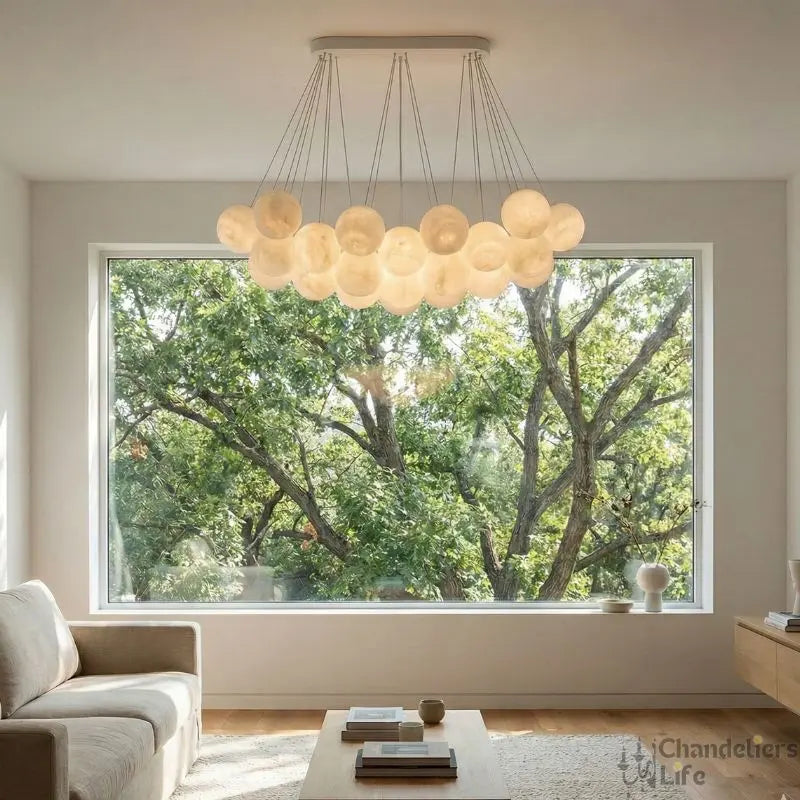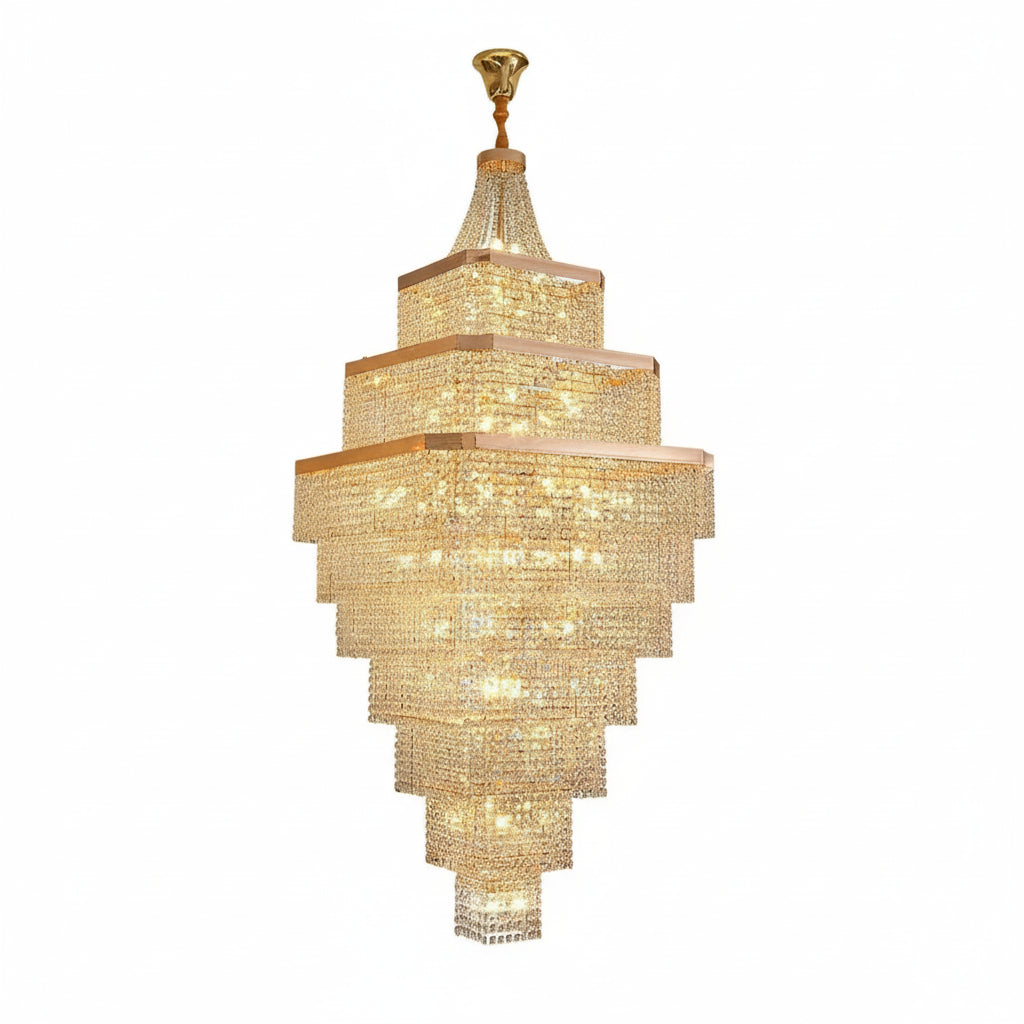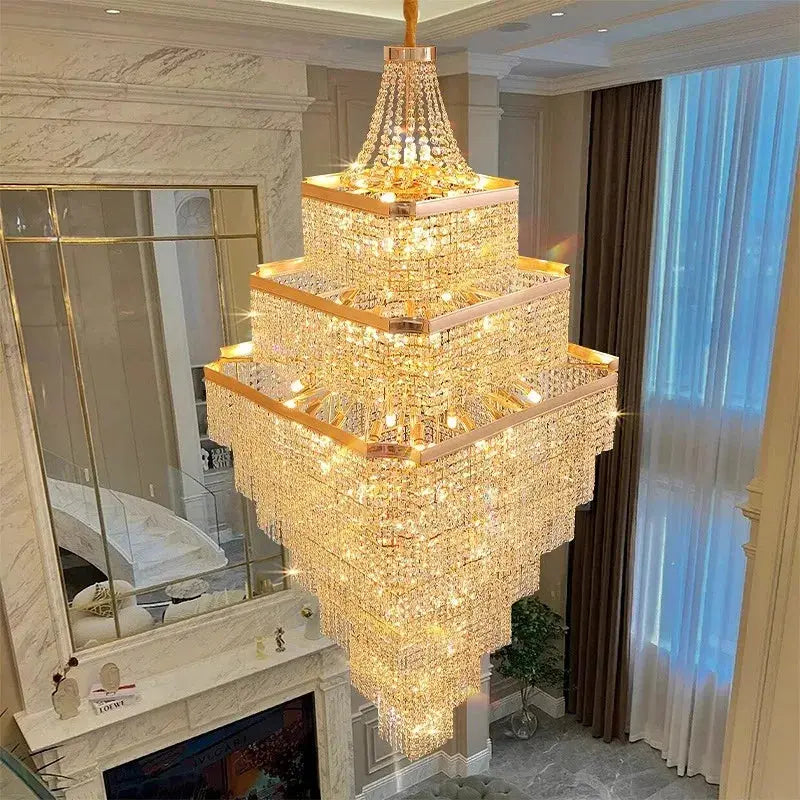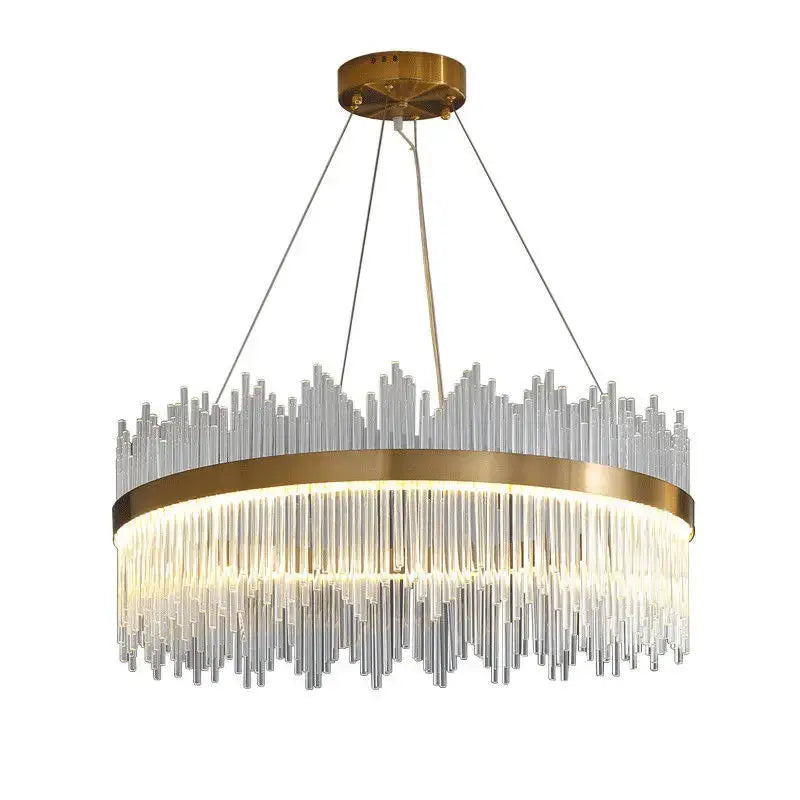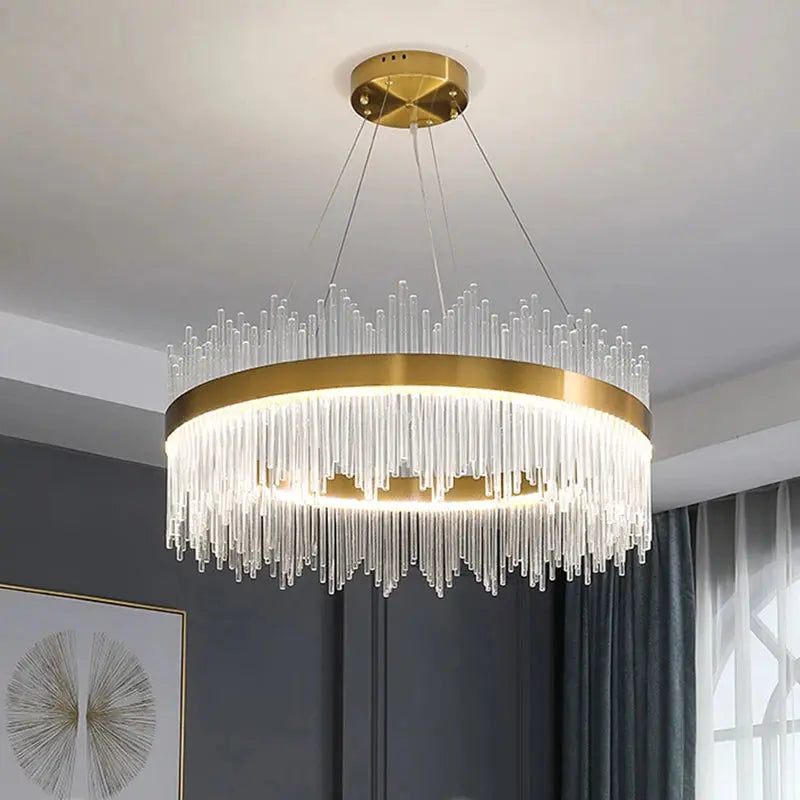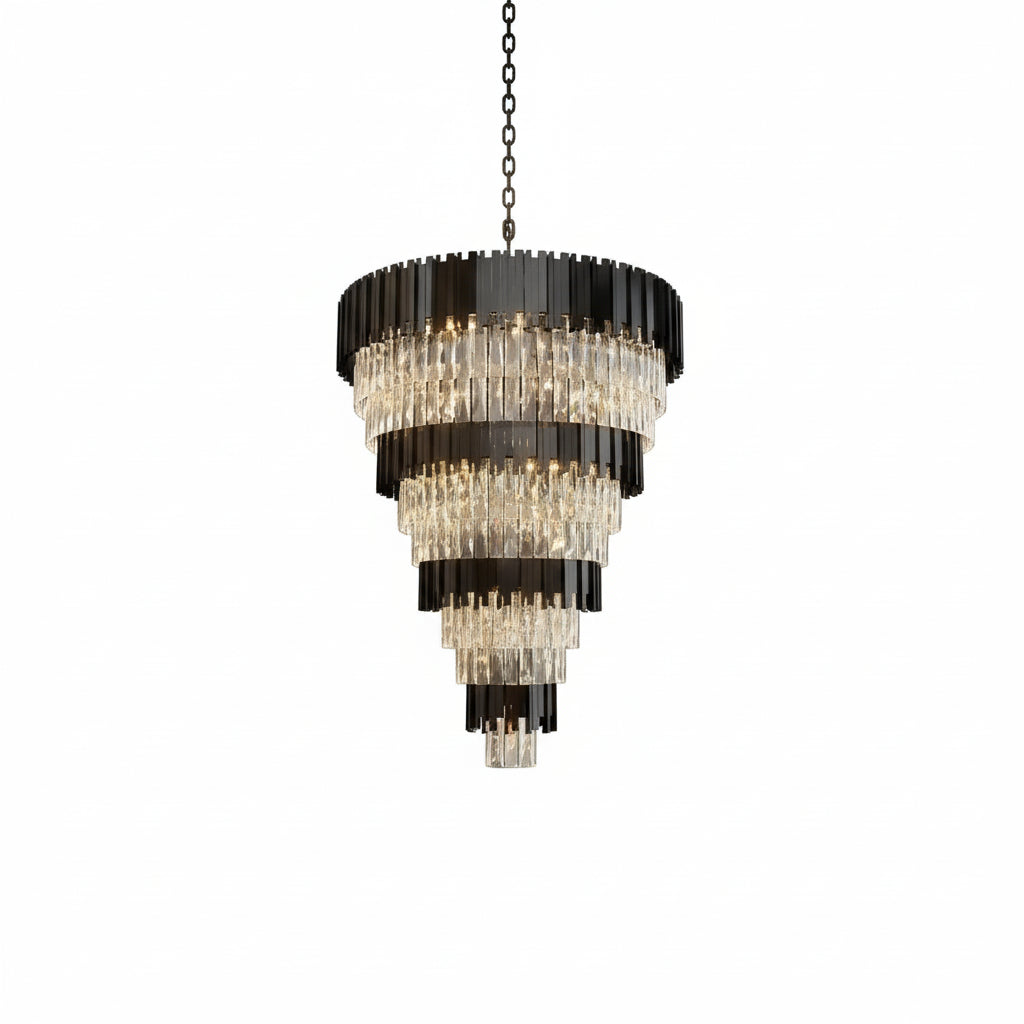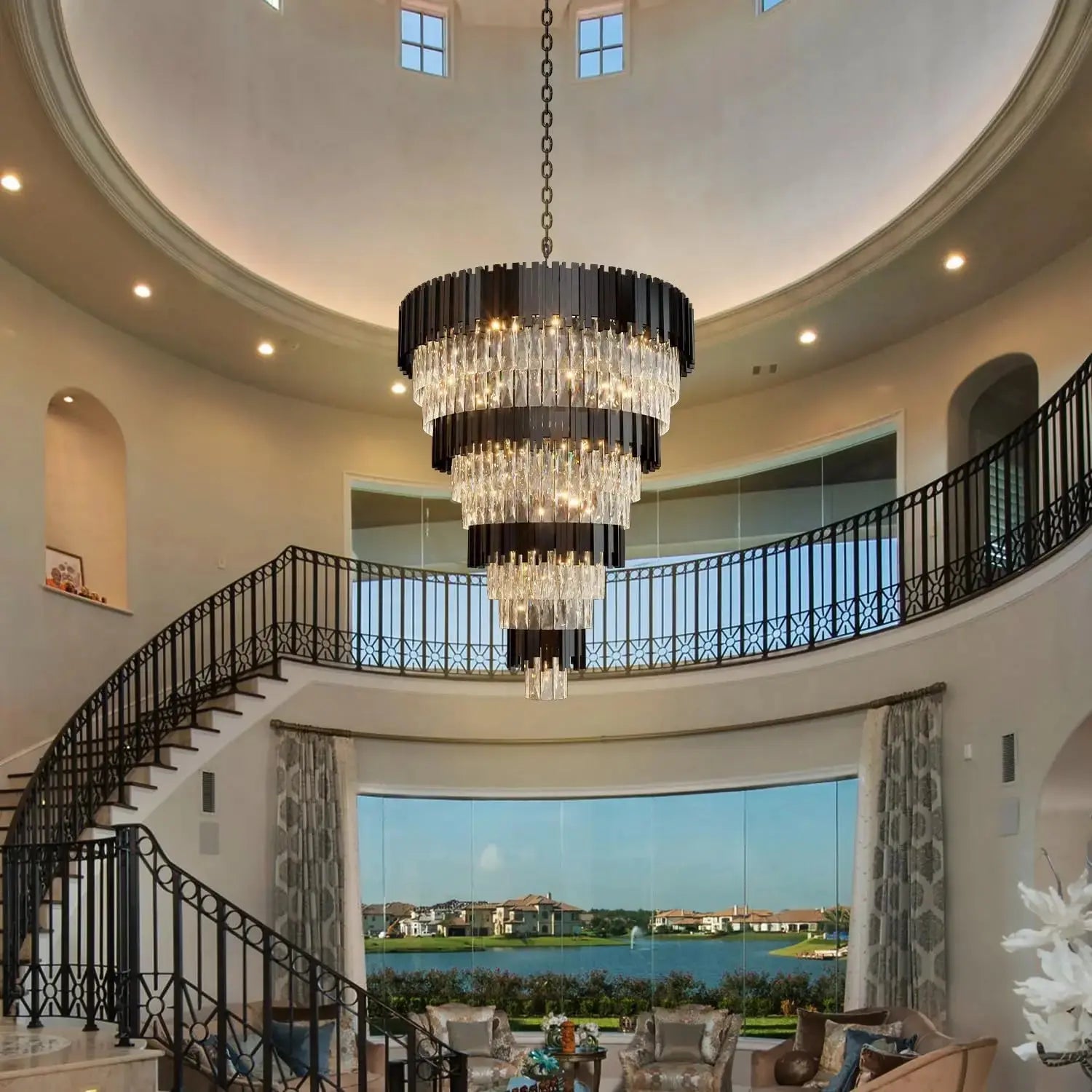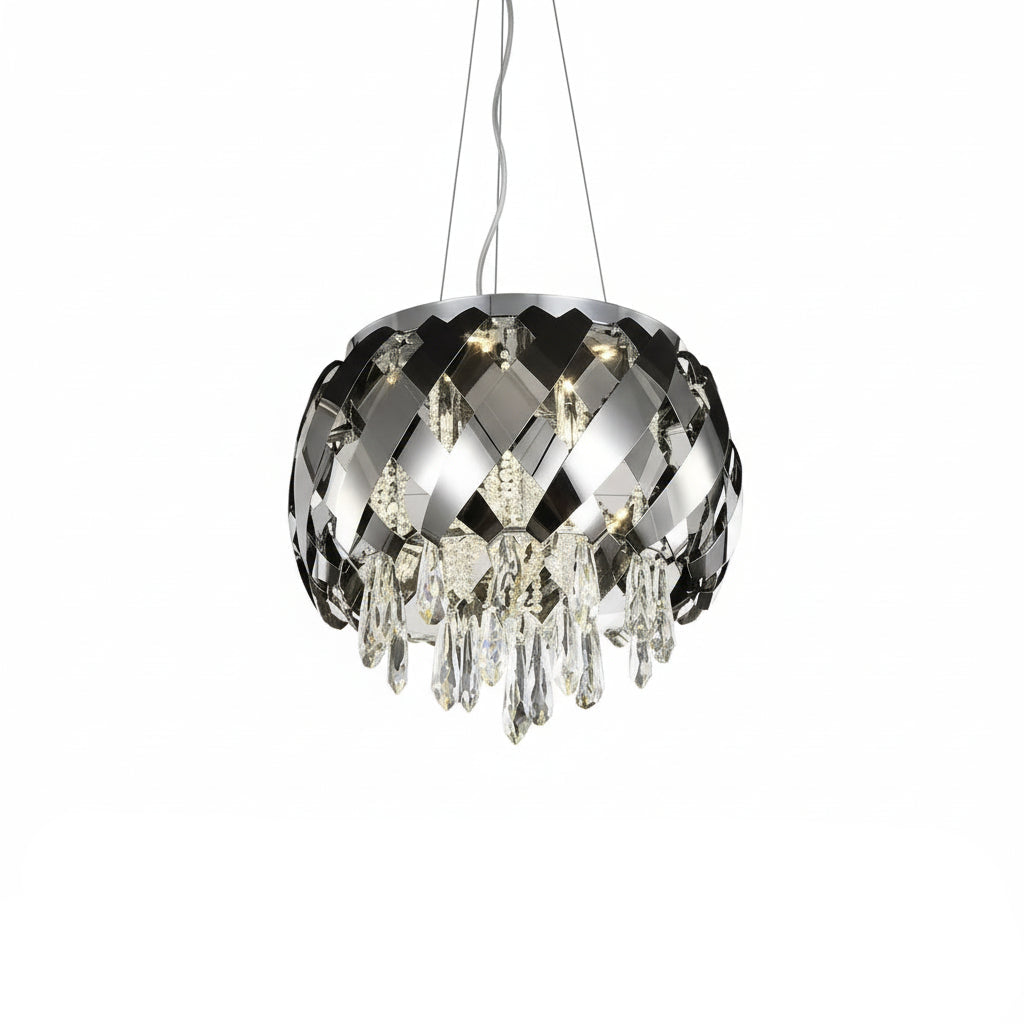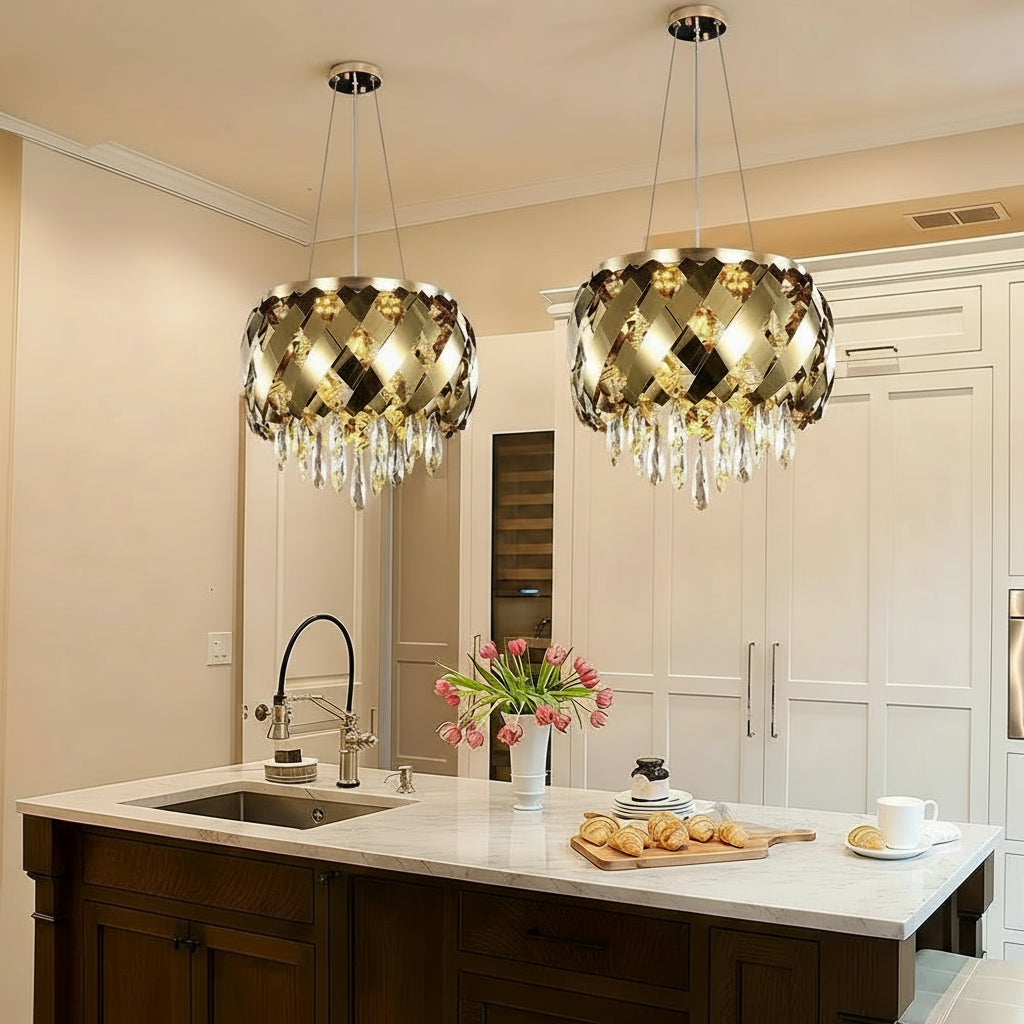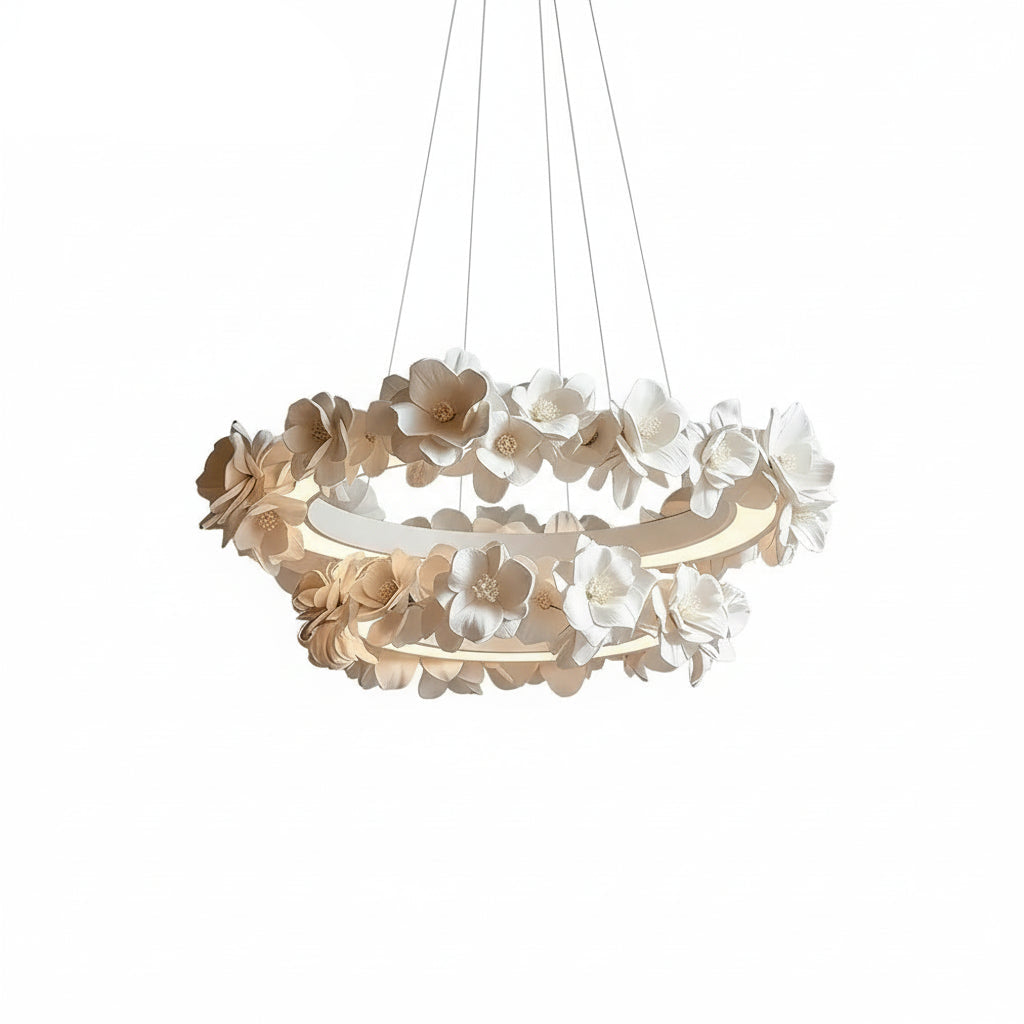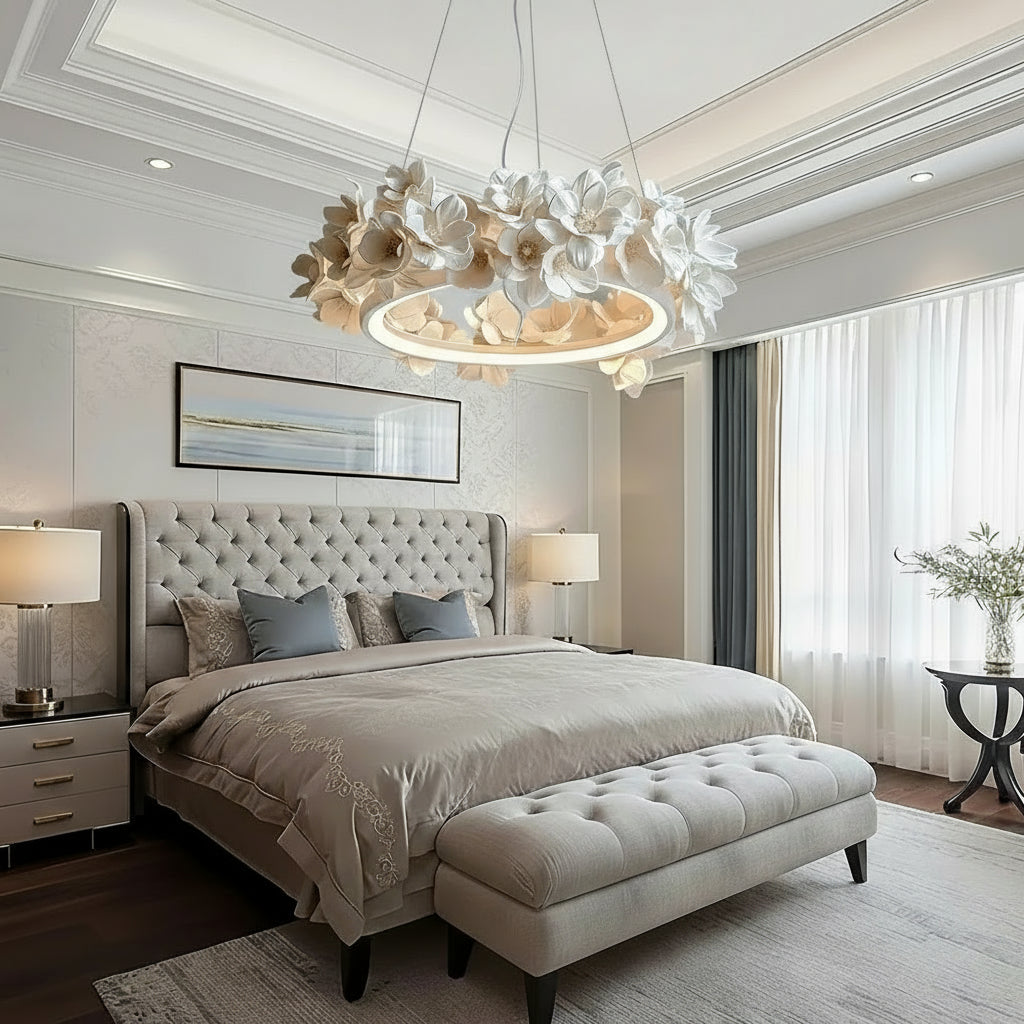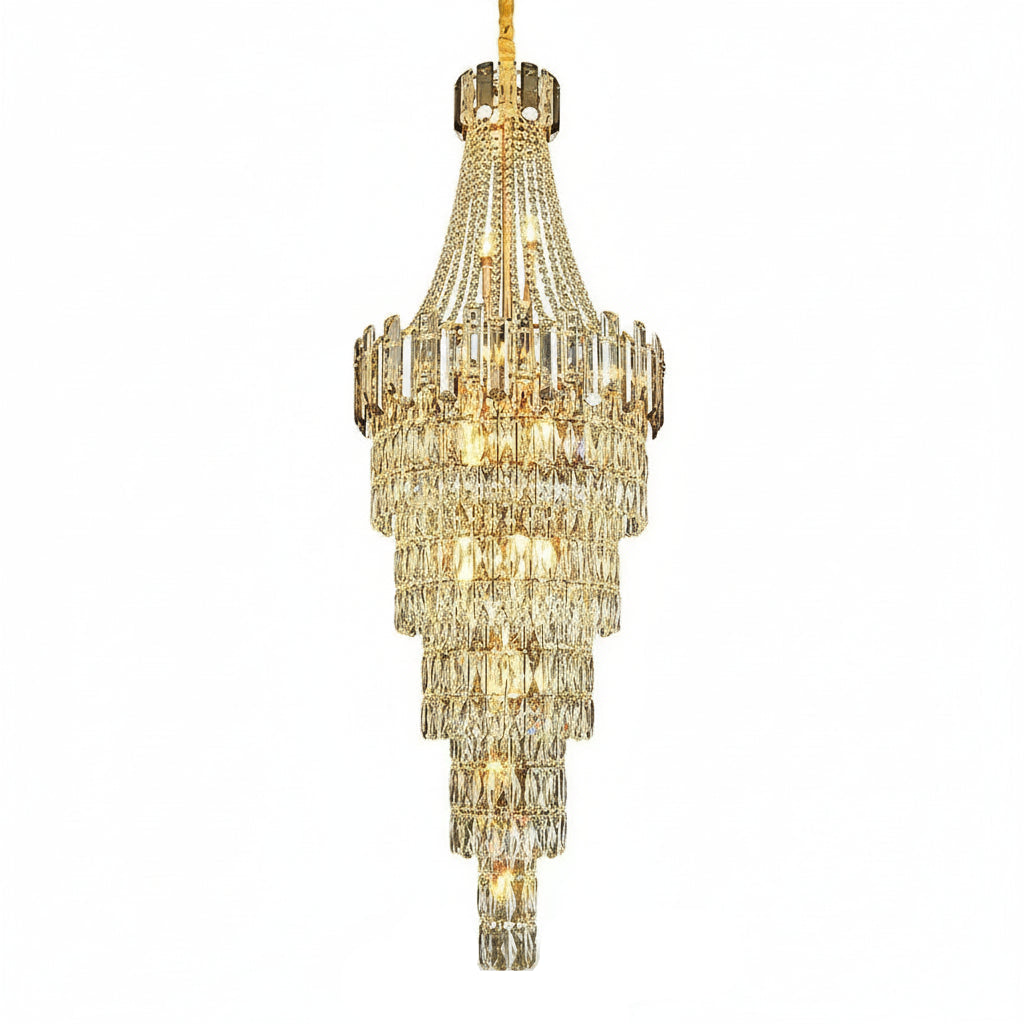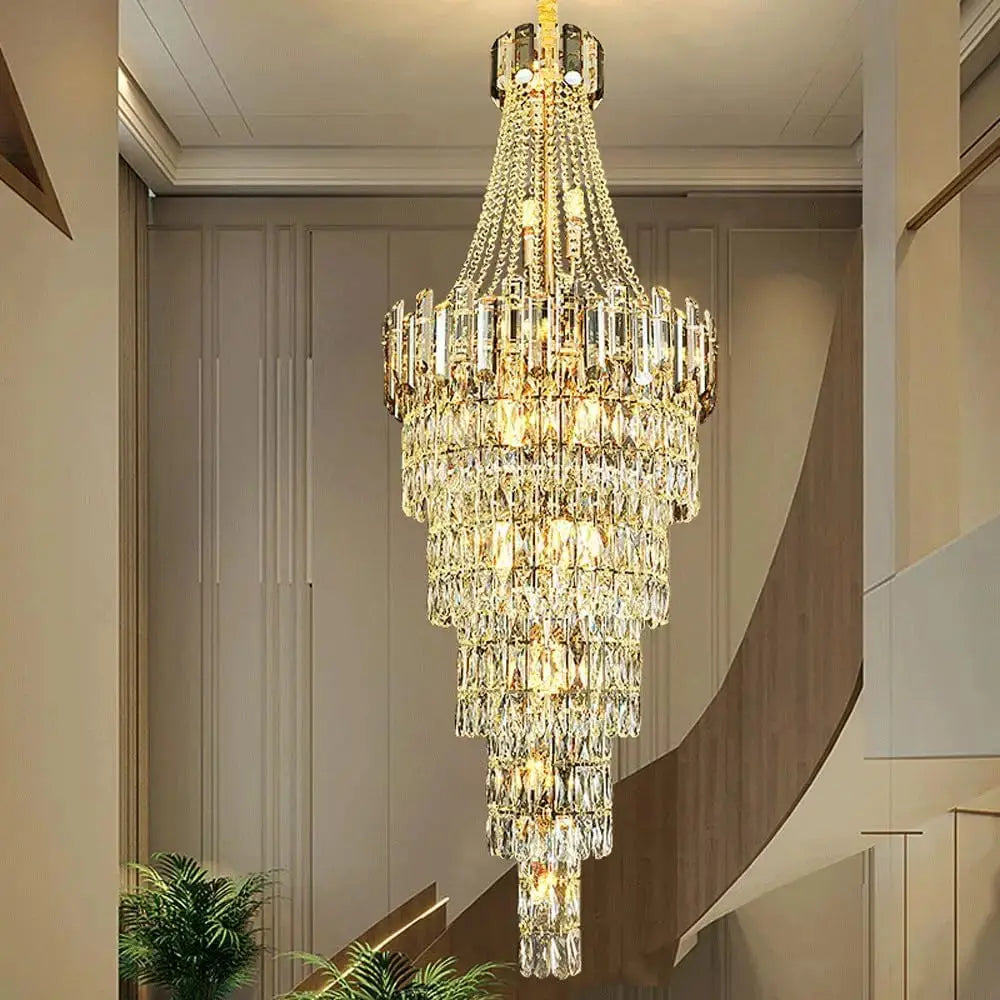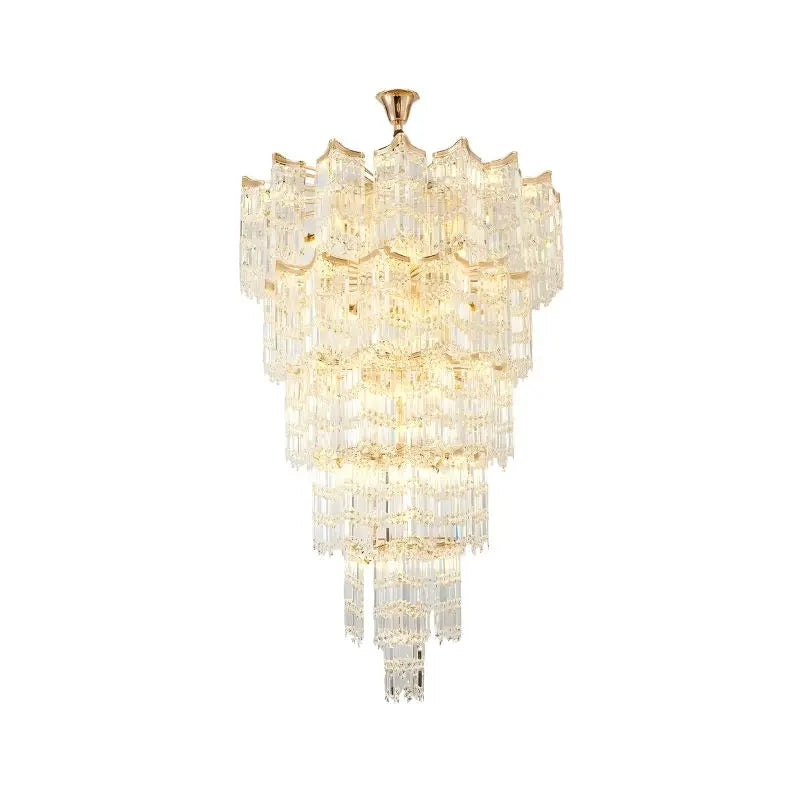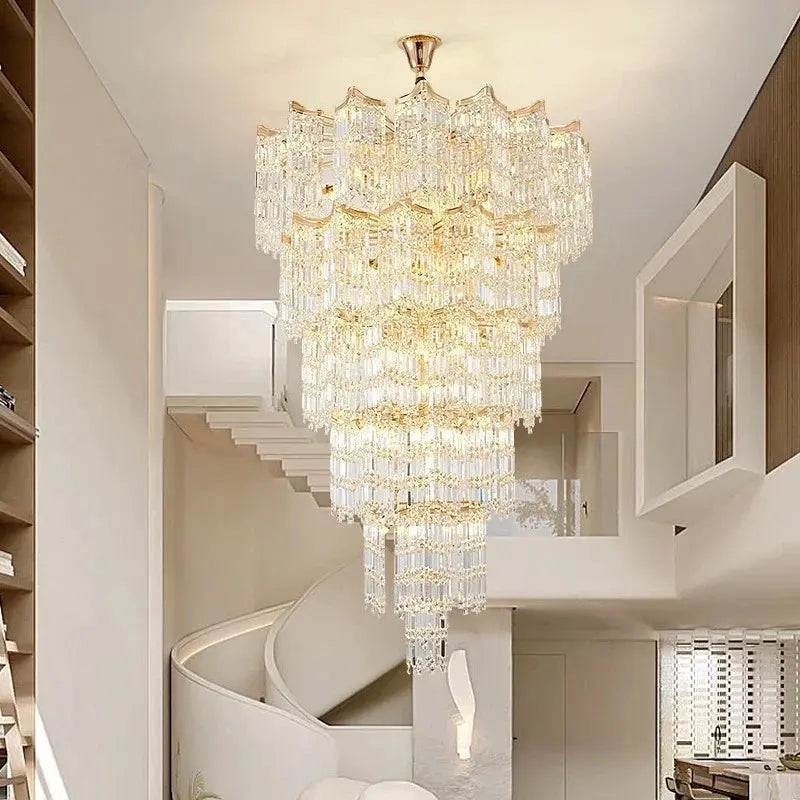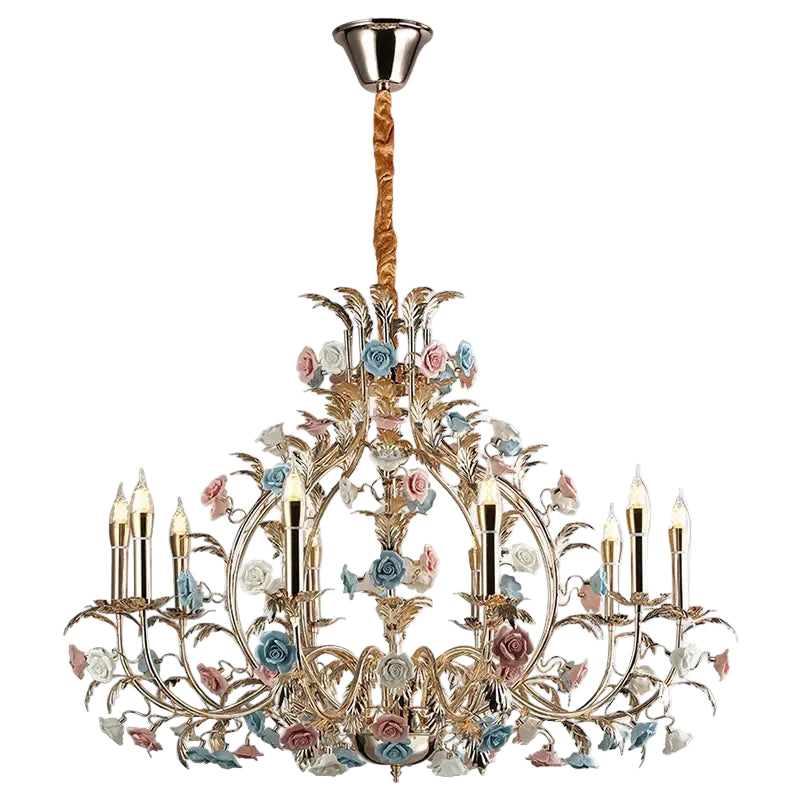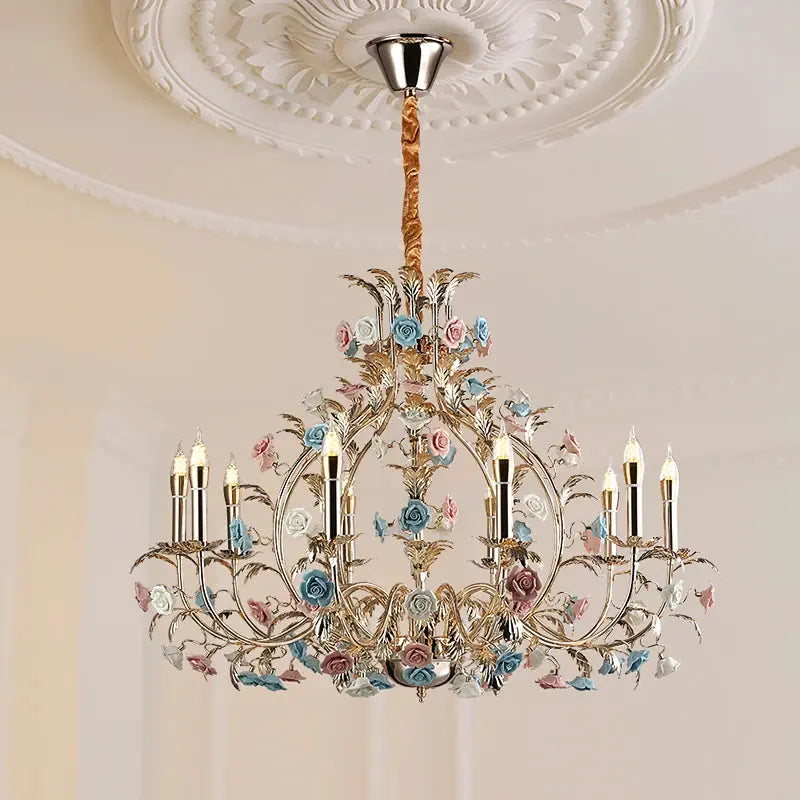Picking out the right hanging dining room lights can really change how your whole dining area feels. It's not just about brightness; it's about setting a mood and making a statement. This guide will walk you through the process, from figuring out what works for your room to choosing styles and materials that fit your taste. We'll cover everything you need to know about selecting the perfect hanging dining room lights.
Key Takeaways
- Consider your dining space's size and existing decor before choosing hanging dining room lights.
- Explore various lighting styles, from modern to rustic, to match your personal taste.
- Pay attention to the materials of hanging dining room lights, as they affect both look and durability.
- Get the scale right by matching the light fixture's size and height to your dining table.
- Think about the type of light needed (ambient or task) and features like dimmers for flexibility.
Understanding Your Dining Space
Before you even start looking at pretty lights, let's talk about your dining room. It's not just about picking something that looks good; it needs to fit your life and your home. Think of it like picking out an outfit – it has to suit the occasion and feel right for you. Getting this part sorted first makes choosing the perfect light fixture way easier and less stressful. You'll avoid those 'oops, that doesn't quite work' moments later on.
Assessing Room Dimensions
This is where we get a little practical. You need to know the size of your dining room and, more importantly, the size of your dining table. A light that's too big can overwhelm a small room, making it feel cramped. On the flip side, a tiny pendant over a huge table can look a bit lost and won't provide enough light. It's all about balance. A good rule of thumb is to measure your table's length and width. Then, subtract about 12 inches from each measurement. This gives you the ideal diameter for a single pendant or the total span for multiple fixtures. For example, a 60-inch long table might do well with a fixture or group of fixtures that span about 48 inches.
Considering Existing Decor
What's already in your dining room? Look at your furniture, the colors on the walls, and any other decor pieces. Your new light fixture should play nicely with what's already there. If you have a lot of dark wood furniture, a light with warm metal tones like brass or bronze might look great. If your room is very modern with clean lines and neutral colors, a sleek, minimalist fixture would fit right in. You don't want the light to clash; it should feel like a natural extension of your room's personality. Think about the overall vibe you're going for – is it cozy and inviting, or more formal and sophisticated?
Defining Your Style
This is the fun part! What's your personal style? Are you drawn to clean, simple lines, or do you love ornate details? Maybe you prefer something that feels a bit more relaxed and natural. Your dining room light is a chance to show off your taste.
Here are a few common styles to consider:
- Modern: Think geometric shapes, minimalist designs, and materials like metal and glass.
- Traditional: Often features classic shapes, intricate details, and materials like wrought iron or crystal.
- Farmhouse/Rustic: Look for natural materials like wood, distressed finishes, and simpler, more utilitarian designs.
- Bohemian: Might involve unique textures, vibrant colors, or handcrafted elements.
Choosing a style that genuinely speaks to you will make your dining room feel more like home. It's not just about following trends; it's about creating a space that you love spending time in. Your light fixture is a big part of that feeling.
Exploring Styles of Hanging Dining Room Lights

Choosing the right light fixture for your dining room is a big deal. It's not just about brightness; it's about setting the mood and tying your whole space together. Let's look at some popular styles that can really change how your dining area feels.
If your home leans towards clean lines and a minimalist vibe, modern and contemporary fixtures are probably your best bet. Think sleek shapes, geometric forms, and often a mix of materials like brushed metal, glass, or even concrete. These lights tend to be statement pieces without being overly fussy.
- Geometric Pendants: Often featuring clean lines, circles, or squares, these add a sculptural element.
- Linear Chandeliers: Great for longer tables, these provide a spread of light and a sophisticated look.
- Minimalist Track Lights: While not strictly a single hanging light, modern track systems offer flexibility and a very current feel.
These styles work well in spaces that already have a strong design direction, complementing rather than competing with your furniture and decor.
For a more timeless feel, traditional and classic lighting is the way to go. These often draw inspiration from historical designs, featuring ornate details, rich materials, and a sense of grandeur. Think crystal chandeliers, wrought iron fixtures, or lamps with fabric shades.
- Crystal Chandeliers: These are the ultimate in classic dining room lighting, offering sparkle and a luxurious feel.
- Empire Chandeliers: Characterized by their bell shape and often intricate detailing, they bring an air of elegance.
- Lantern Pendants: Whether made of metal, glass, or a combination, these offer a softer, more diffused light and a classic silhouette.
If you love a cozy, inviting atmosphere, rustic and farmhouse styles are perfect. These lights often incorporate natural materials like wood, distressed metals, and simple glass shades. They bring a sense of warmth and comfort to the dining space.
- Edison Bulb Pendants: These showcase exposed bulbs, often with a vintage filament, for a warm, industrial-chic look.
- Wood Beam Chandeliers: Combining rustic wood elements with metal accents, these fixtures add a substantial, earthy feel.
- Wrought Iron Fixtures: With their dark, often hand-forged appearance, these lend an authentic, old-world charm.
No matter your personal taste, there's a style of hanging light out there that will perfectly suit your dining room and make it a place you'll love spending time in.
Material Matters for Dining Room Lights
The stuff your dining room light is made of does more than just look pretty; it really changes the whole vibe of your space. Think about how different materials catch the light or how they feel to the touch. It’s not just about the shape, but the substance too.
Glass and Crystal Accents
Glass and crystal are classics for a reason. They're great at scattering light, making your dining area feel brighter and more open. You can find everything from simple frosted glass shades that give off a soft glow to elaborate crystal chandeliers that really make a statement. Crystal, in particular, can add a touch of luxury and sparkle, reflecting light in beautiful ways. Just be mindful that some delicate glass or crystal can be a bit fragile, so handle with care during installation and cleaning.
Metal Finishes and Tones
Metal is super versatile and can lean into a lot of different styles. You've got your sleek brushed nickel or chrome for a modern look, warm brass or gold for something a bit more traditional or art deco, and matte black for that industrial or minimalist feel. The finish you choose can really tie your whole room together. For instance, a polished brass fixture might look amazing with warmer wood tones, while a dark bronze could complement cooler color palettes.
Here's a quick look at some popular metal finishes:
| Finish | Vibe |
|---|---|
| Brushed Nickel | Modern, clean |
| Polished Brass | Traditional, elegant |
| Matte Black | Industrial, contemporary |
| Oil-Rubbed Bronze | Rustic, warm |
Wood and Natural Elements
If you're going for a more relaxed, earthy feel, wood and natural elements are the way to go. Think about lights with wooden beads, reclaimed wood accents, or even woven natural fibers like rattan or bamboo. These materials bring a sense of warmth and texture that can make your dining room feel really cozy and inviting. They pair wonderfully with farmhouse, bohemian, or Scandinavian decor styles. It's a nice way to bring a bit of the outdoors in, without being too literal about it.
Size and Scale of Hanging Dining Room Lights

Picking the right size for your dining room light fixture is more important than you might think. Get it wrong, and it can make the whole room feel a bit off. Too big, and it might overwhelm the space. Too small, and it can get lost, not giving you enough light or presence. It's all about balance.
Determining the Right Diameter
So, how do you figure out the right diameter for your pendant or chandelier? A good rule of thumb is to measure the length and width of your dining room and add those two numbers together. That sum, in inches, should be roughly the maximum diameter (in inches) your fixture can be. For example, if your room is 10 feet by 12 feet, add 10 + 12 = 22. So, a fixture around 22 inches in diameter would likely work well.
- Small rooms (under 100 sq ft): Look for fixtures around 15-20 inches in diameter.
- Medium rooms (100-200 sq ft): Aim for fixtures between 20-28 inches.
- Large rooms (over 200 sq ft): You can go bigger, with fixtures 28 inches or more.
Adjusting for Table Size
Your dining table plays a big role too. The light fixture should generally be about half to two-thirds the width of your table. If you have a long, rectangular table, you might even consider two or three smaller pendants hung in a row instead of one large fixture. This can create a more balanced look and provide better light distribution across the entire table surface.
Don't forget to consider the shape of your table. A round fixture often looks best over a round table, while a linear chandelier can complement a rectangular table. However, mixing shapes can also create an interesting visual dynamic if done thoughtfully.
Height Considerations for Optimal Lighting
Getting the height right is key for both aesthetics and function. You want the light to illuminate your table without blinding anyone sitting at it. A good starting point is to hang the bottom of the fixture about 30 to 36 inches above the tabletop. This height provides enough clearance for people to move around without hitting their heads, while still casting a good amount of light downwards.
- Clearance: Ensure there's enough space for people to stand up from the table without bumping their heads. If you have very tall ceilings, you might need a longer chain or rod.
- Visual Balance: The fixture shouldn't feel too high or too low. It should look like it belongs in the space, not floating aimlessly or crammed too close to the table.
- Light Distribution: The height affects how the light spreads. Lowering it can create a more intimate, focused light, while raising it can spread the light more broadly.
Illumination Levels and Features
Getting the lighting right over your dining table is more than just picking a pretty fixture. It's about setting the mood and making sure you can actually see your food. You've got a couple of main jobs for this light: making the space feel good and helping you eat without squinting.
Choosing Between Ambient and Task Lighting
Think about what you want the light to do. Ambient lighting is like the general glow in the room, making everything feel comfortable and inviting. It's the soft light that fills the space. Task lighting, on the other hand, is more focused. Over a dining table, the main task is eating, so you want enough light to see what you're doing, but not so much that it feels like a cafeteria. A pendant light or a chandelier usually does a good job of providing both. It gives off a general light for the room while also directly illuminating the table surface.
Dimmable Options for Ambiance
This is where you really get to play with the mood. Having a dimmer switch is a game-changer. You can crank it up for dinner parties when you want a bright, lively atmosphere, or turn it down low for a quiet, intimate dinner. It lets you adjust the light to fit the occasion. Seriously, if you can, get a dimmer. It makes a huge difference in how the room feels.
Smart Lighting Integration
If you're into tech, smart lighting is pretty cool. You can control your dining room lights from your phone or even with your voice. Want to dim the lights without getting up? No problem. You can set schedules, change colors (though maybe stick to warm white for dining!), and even have them sync with other smart home devices. It adds a layer of convenience and can be fun to play around with, making your dining space feel a bit more modern and responsive.
Installation and Maintenance Tips
Getting your new hanging lights installed and keeping them looking good doesn't have to be a headache. A little planning goes a long way, and with the right approach, you can enjoy your beautiful new fixtures for years to come.
Professional Installation vs. DIY
When it comes to hanging lights, especially over your dining table, safety and proper function are key. While some folks are comfortable tackling electrical projects themselves, it's worth considering who's going to do the work.
- DIY Installation: This can save you money, and if you're experienced with electrical work and comfortable working with wiring, it might be a good option. Make sure you have the right tools and understand your home's electrical system. Always turn off the power at the breaker before you start!
- Professional Installation: Hiring an electrician is often the safest bet. They have the knowledge and tools to ensure the fixture is installed correctly and safely. This is especially important for heavier fixtures or if you're not confident about electrical work. It also gives you peace of mind.
The cost of hiring a professional can vary, but it's often a worthwhile investment for ensuring your lighting is installed securely and up to code. Don't forget to factor this into your overall budget for the new lights.
Cleaning and Care for Your Fixtures
Keeping your dining room lights clean will not only make them look better but also help them function properly. Different materials require different care, so know what you're working with.
- Glass and Crystal: For glass shades or crystal accents, a soft cloth dampened with water or a mild, non-ammonia glass cleaner is usually best. Avoid abrasive cleaners that can scratch the surface. For intricate crystal, you might need a specialized cleaner and a very gentle touch.
- Metal Finishes: Dust metal fixtures regularly with a dry microfiber cloth. For tougher grime or fingerprints on finishes like brushed nickel or brass, a slightly damp cloth followed by a dry one should do the trick. For plated finishes, avoid harsh chemicals.
- Wood Elements: Dust wood components with a dry or slightly damp cloth. If there's a sealant or finish, you might use a wood polish occasionally, but always test in an inconspicuous spot first.
Troubleshooting Common Issues
Sometimes, things don't go perfectly. Here are a few common hiccups you might run into and how to deal with them:
- Flickering Lights: This can be caused by a loose bulb, a faulty bulb, or an issue with the dimmer switch. Try tightening the bulb or replacing it. If it's a dimmer, check its compatibility with your bulbs or consider replacing the switch.
- Light Not Turning On: First, check if the power is on at the breaker. Then, ensure the bulb is screwed in properly. If it's a new fixture, double-check the wiring connections.
- Dimmer Switch Problems: If your dimmer isn't working correctly, it might be incompatible with your light bulbs (especially with LEDs), or the switch itself could be failing. Consult the dimmer's manual or consider a replacement.
Bringing It All Together
So, picking out the right lights for your dining room might seem like a small thing, but it really makes a difference. Think about the vibe you want – cozy and relaxed, or bright and lively? The size of your table and the room matters too, you don't want something that looks too big or too small. And don't forget about the style! Whether you're into modern looks, classic designs, or something totally unique, there's a light fixture out there that fits. Take your time, look around, and imagine how different lights will change the feel of your space. It’s a fun way to put your own stamp on your home and make that dining area a place you’ll love spending time in.
Frequently Asked Questions
How do I pick the right size light for my dining table?
Think about your table's shape and size. For a rectangular table, a long, linear light or a cluster of smaller lights often looks best. For a round table, a single, round fixture or a chandelier works well. A good rule of thumb is that the light fixture's width shouldn't be more than half to two-thirds the width of your table.
What's the best height to hang a dining room light?
You want the light to be high enough so people don't bump their heads, but low enough to provide good light for the table. Generally, hang the bottom of the fixture about 30 to 36 inches above the tabletop. This can change a bit depending on the size of your fixture and ceiling height.
Should my dining room light match my other decor?
It doesn't have to match exactly, but it should feel like it belongs. If your room has a modern feel, a sleek, simple light will fit in. If it's more traditional, a classic chandelier might be better. The light should complement your existing style, not clash with it.
What's the difference between ambient and task lighting for a dining room?
Ambient lighting is the general light that fills the room, like a soft glow. Task lighting is more focused, like the light that shines directly on your food and table. For dining rooms, you usually want a mix of both. A dimmer switch is great for controlling the mood.
Are dimmable lights worth it for a dining room?
Absolutely! Dimmable lights are fantastic for dining rooms. You can have bright light for everyday meals or family gatherings, and then dim it down for a more romantic or relaxed dinner. It really helps set the mood for any occasion.
Can I install a hanging light myself, or should I hire someone?
If you're comfortable with basic electrical work and have the right tools, you might be able to install it yourself. However, for safety and to make sure it's done correctly, hiring an electrician is often the best choice, especially for heavier fixtures or if you're unsure about the wiring.


